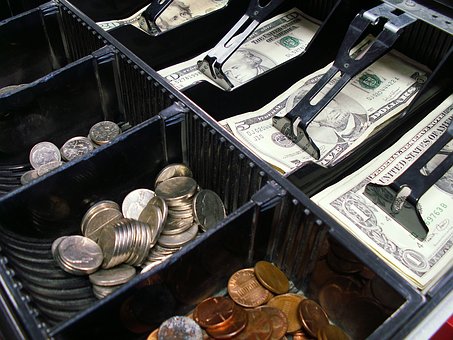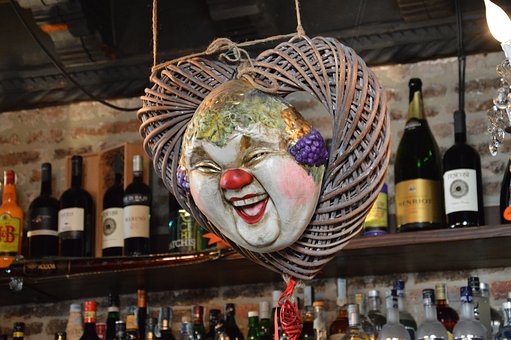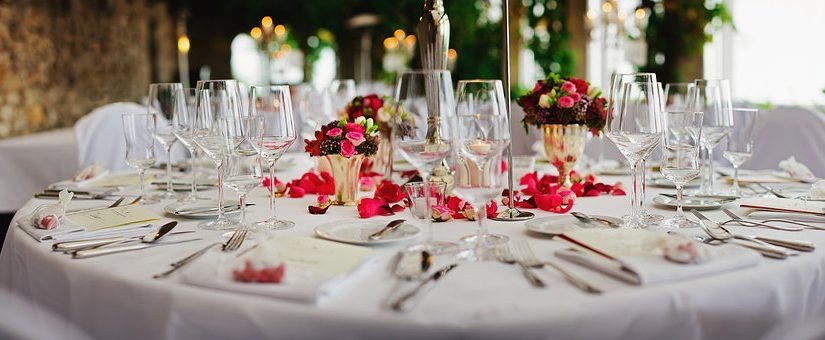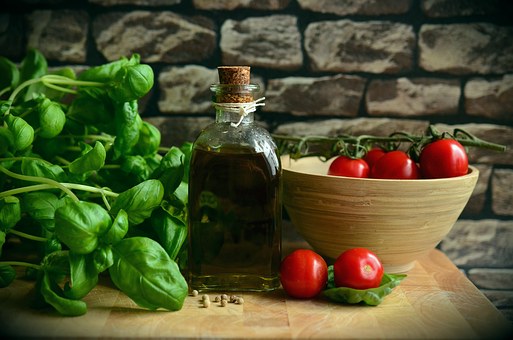Shortages are a very common problem in catering. Unfortunately it is not enough to be constantly careful to avoid them, but it is necessary to implement internal procedures and make sure they are respected.
Let’s analyze together the possible Read more





